Common hop, also known as European hops or simply hops, is a perennial climbing vine belonging to the Cannabaceae family. Native to regions spanning the United States, Europe, Siberia, northern Iran, and Morocco, this vigorous plant is renowned for its rapid growth, capable of extending up to 20 cm daily during the growing season and reaching an impressive height of 6 meters.
Widely celebrated for its role in beer brewing, common hop contributes both bitter flavor and aromatic qualities essential to the craft. Beyond its brewing significance, this plant is valued in herbal medicine for its natural sedative properties, often used to support relaxation and alleviate insomnia or anxiety. Whether in gardens or the wild, common hop is a fascinating and functional addition to any landscape.
| Common name | Common Hops, European Hops, Hops, Common Hop |
| Botanical name | Humulus lupulus |
| Family | Cannabaceae |
| Species | lupulus |
| Origin | US native, Europe to Siberia and N. Iran, Morocco |
| Life cycle | Perennial |
| Plant type | Herbaceous Perennial |
| Hardiness zone | 5, 6, 7, 8 |
| Sunlight | Full Sun |
| Maintenance | Low |
| Soil condition | Loam |
| Soil ph | Acid |
| Drainage | Well-Drained |
| Growth rate | Fast |
| Spacing | Less than 12 in. |
| Harvest time | Fall |
| Flowering period | Fall |
| Height | 15 ft. – 20 ft. |
| Flower color | Gold, Yellow |
| Leaf color | Green |
| Fruit color | Green |
| Stem color | Green |
| Fruit benefit | Edible |
| Flower benefit | Fragrant |
| Garden style | Butterfly Garden |
| Uses | Naturalized Area |
I. Appearance and Characteristics
Humulus lupulus, the common hop or hops, is a species of flowering plant in the hemp family Cannabaceae, native to West Asia, Europe and North America.
The genus name Humulus is a medieval name that was at some point Latinized after being borrowed from a Germanic source exhibiting the h•m•l consonant cluster, as in Middle Low German homele.
According to Soviet Iranist V. Abaev this could be a word of Sarmatian origin which is present in the modern Ossetian language (Ossetian: Хуымæллæг) and derives from proto-Iranian hauma-arayka, an Aryan haoma.
From Sarmatian dialects this word spread across Eurasia, thus creating a group of related words in Turkic, Finno-Ugric, Slavic and Germanic languages (see Russian: хмель, Chuvash хăмла, Finnish humala, Hungarian komló, Mordovian комла, Avar хомеллег).
The specific epithet lupulus is Latin for “small wolf”. The name refers to the plant’s tendency to strangle other plants, mainly osiers or basket willows (Salix viminalis), like a wolf does a sheep. Hops could be seen growing over these willows so often that it was named the willow-wolf.
The English word hop is derived from the Middle Dutch word hoppe, also meaning Humulus lupulus.
Humulus lupulus is a perennial herbaceous plant up to 10 metres (33 feet) tall, living up to 20 years. It has simple leaves with 3–5 deep lobes that can be opposite or alternate. The species is triggered by the longer summer days to flower, usually around July or August in the Northern Hemisphere. The plant is dioecious, with male and female flowers on separate plants. The fragrant flowers are wind-pollinated. The staminate (male) flowers do not have petals, while the pistillate (female) flowers have petals enveloping the fruit. The female flower cones (or strobili) are known as hops. The fruit is an achene, meaning that it is dry and does not split open at maturity. The achene is surrounded by tepals and lupulin-secreting glands are concentrated on the fruit.
The species is sometimes described as a bone rather than a vine because it has stiff downward facing hairs that provide stability and allow it to climb.
H. lupulus can cause dermatitis to some who handle them. It is estimated that about 1 in 30 people are affected by this.
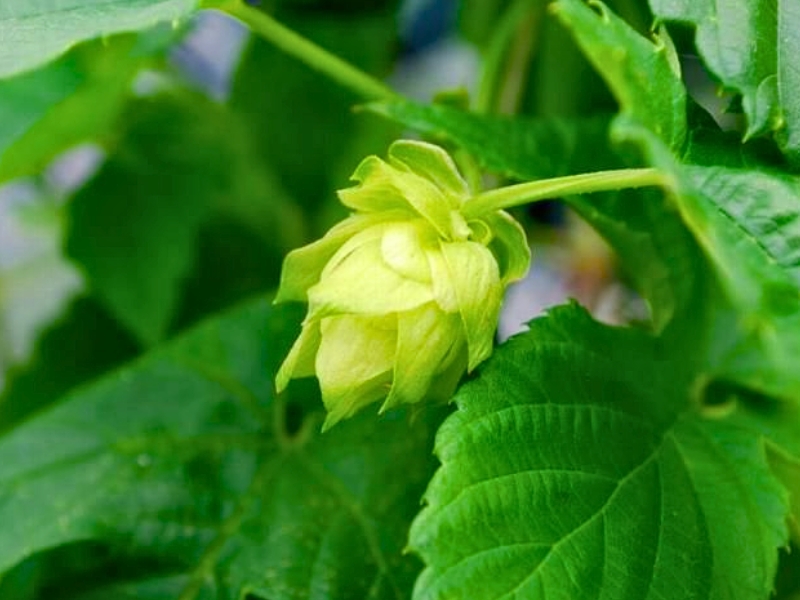
II. How to Grow and Care
Sunlight
Common hop thrives in full sun conditions, where it can receive uninterrupted sunlight for at least 6-8 hours a day. This exposure is crucial for robust growth and health, contributing to vigorous vine development and optimal cone production, which is significant for its use in brewing. Although common hop exhibits tolerance to partial sun, receiving about 4-6 hours of sunlight per day, prolonged periods under lower light levels may lead to reduced yield and vigor. Outdoors, common hop should be planted in locations with clear access to direct sunlight. The plant can adapt to varying light by adjusting leaf orientation to maximize light capture, ensuring efficient photosynthesis.
Watering
Originating from temperate regions, common hop thrives with consistent moisture akin to its native habitat’s conditions. It has a moderate drought tolerance but favors a stable environment where humidity is relatively balanced. Regular watering every week maintains its health and vigor. Transitioning smoothly from water habits to frequency, common hop should be watered once every week to mimic the natural rainfall pattern it adapts to in the wild. As an outdoor-grown plant that experiences seasonal growth cycles, common hop’s water needs peak during its active growing season, requiring careful attention to soil moisture levels.
Fertilizing
For optimal growth, common hop requires balanced nutrition fertilizers with equal NPK ratios. Fertilize common hop at the onset of the growing season and monthly thereafter, using recommended label rates. This aids in vigorous growth, boosts cone production, and strengthens plant health. Adjust the amount throughout the lifecycle—less for young plants; more for mature. Always water after application to avoid root burn. Seasonal changes impact fertilization; reduce frequency in dormancy. Wear gloves, adhere to safety guidelines, and avoid over-fertilization to prevent growth issues and environmental harm.
Propagation
Common hop has a fairly easy herbaceous cutting propagation method, with best results during the seasons of spring and summer. Signs of successful propagation include the growth of new roots and shoots. A key tip for propagating common hop is to ensure the cutting is healthy and taken from a mature plant.
Transplanting
The perfect time to transplant common hop is during the warm months, ideally from early to late summer. This period encourages healthy root establishment. Choose a location with well-drained soil and ample sunlight. When transplanting, gently loosen the root ball to encourage growth.
Repotting
Repot common hop, a vigorous climber, every 2-3 years in early spring to accommodate its growth. Choose a large, sturdy container to support its sizable root system. Post-repotting, ensure ample vertical space for climbing and maintain moist soil. This resilience makes common hop a rewarding plant for attentive gardeners, promising lush foliage and aromatic flowers with the right care.
III. Uses and Benefits
- Ornamental uses
Cultivated en masse as a crop for beer-making, common hop has some decorative applications in private gardens. When grown on arbors or trellises, its elegantly shaped and textured leaves show to full advantage. Common hop has a tendency to strangle other trees, so it should be kept separate, but lavender makes a good color-contrasting companion in an herb garden.
- Other uses
H. lupulus is first mentioned in 768 CE when King Pepin donated hops to a monastery in Paris. Cultivation was first recorded in 859 CE, in documents from a monastery in Freising, Germany.
The chemical compounds found in H. lupulus are the main components in flavoring and bittering beer. The fragrant flower cones, known as hops, impart a bitter flavor and also have aromatic and preservative qualities. Some other compounds help with creating foam in beer. Chemicals such as linalool and aldehydes contribute to the flavor of beer. The main components of bitterness in beer are iso-alpha acids, with many other compounds contributing to beer’s overall bitterness.
Until the Middle Ages, many varieties of plant were used to flavor beer, including most commonly Myrica gale. H. lupulus became favored because it contains preserving agents which prolong the viability of a brew.
Find Where to Buy the Best Common Hop (Humulus lupulus)

![Common Hop (Humulus lupulus) 3 Hops (Humulus lupulus) seeds, organic [WA, ID NO]](https://strictlymedicinalseeds.com/wp-content/uploads/2017/08/hops-humulus-lupulus-plant-trellis.jpg)



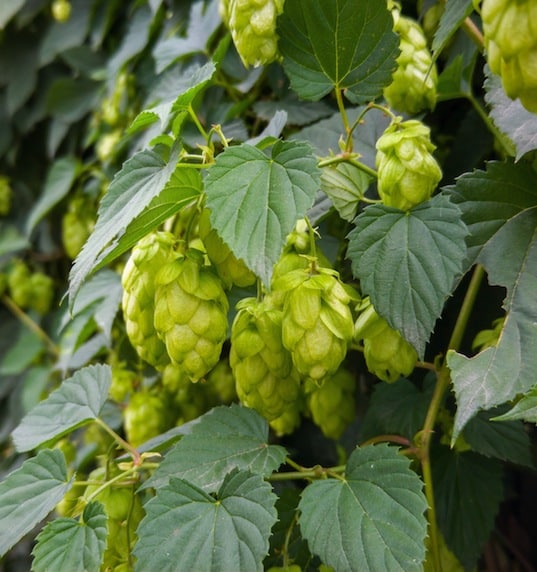

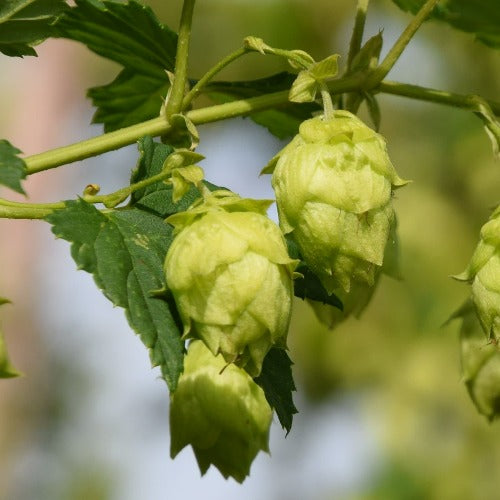


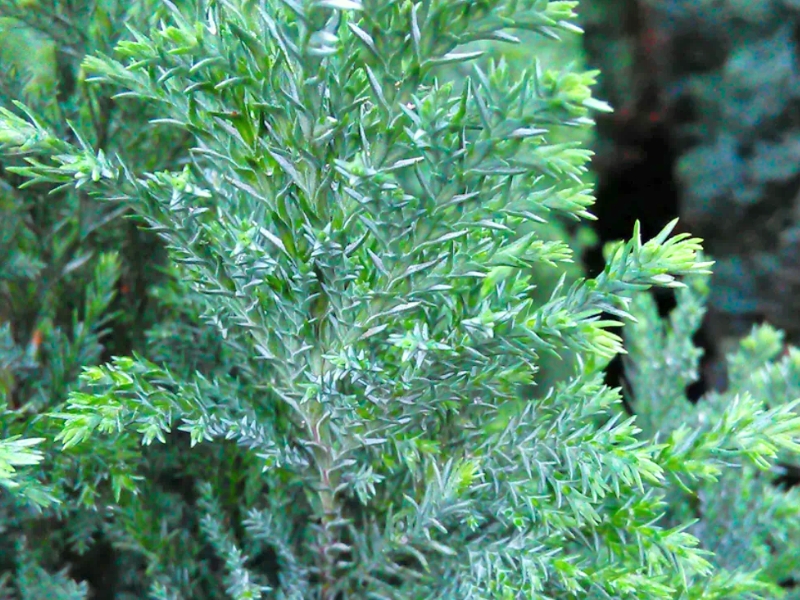
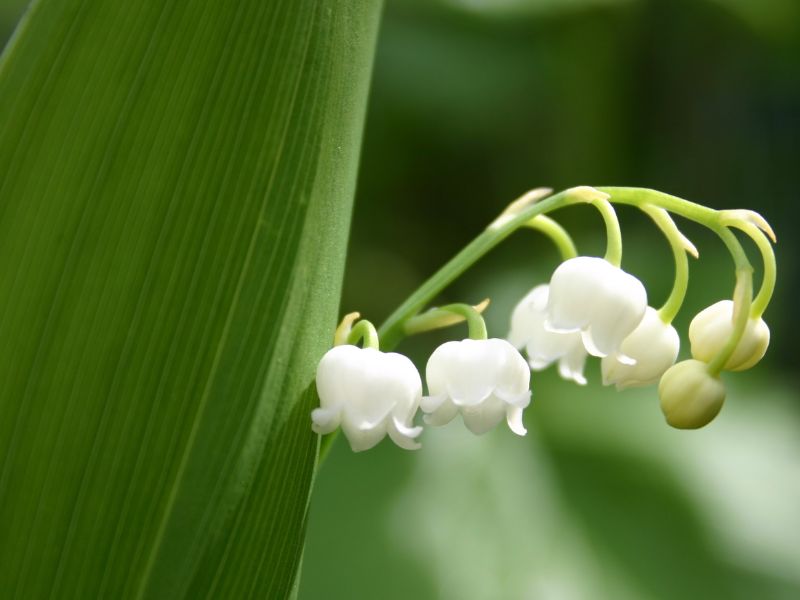
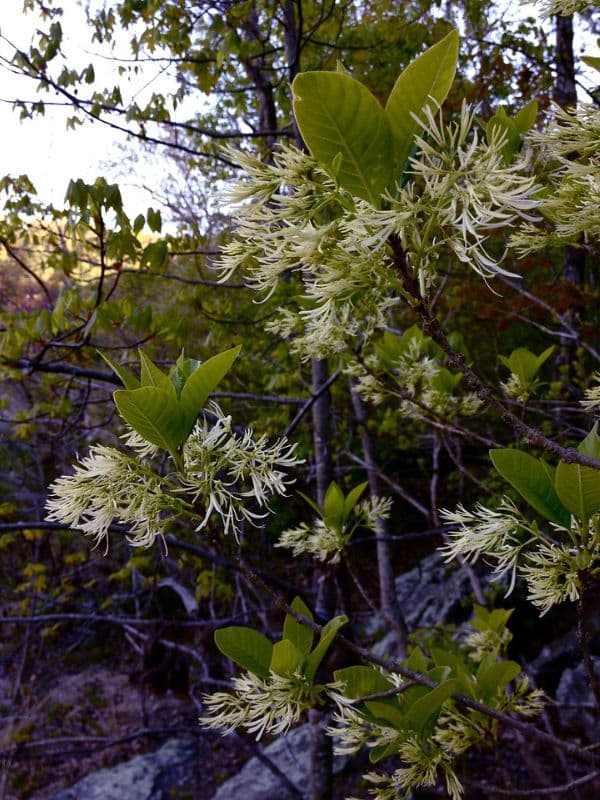
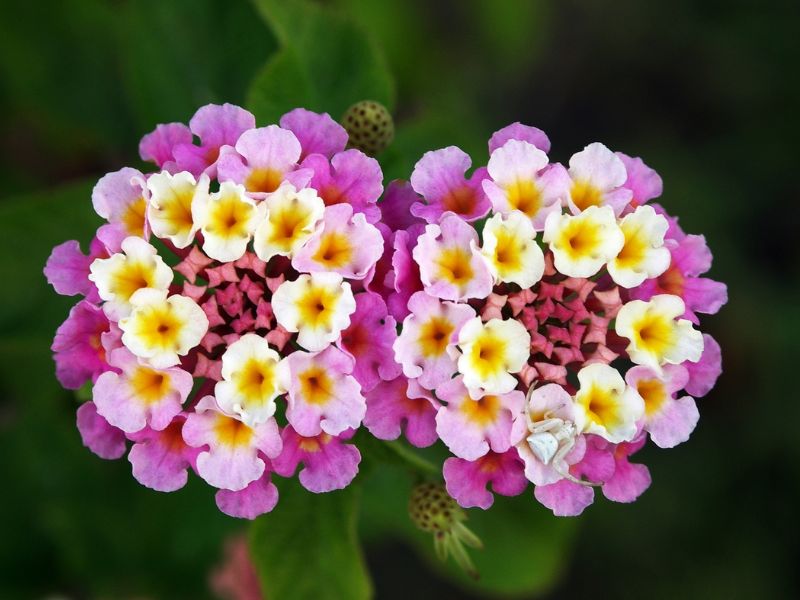
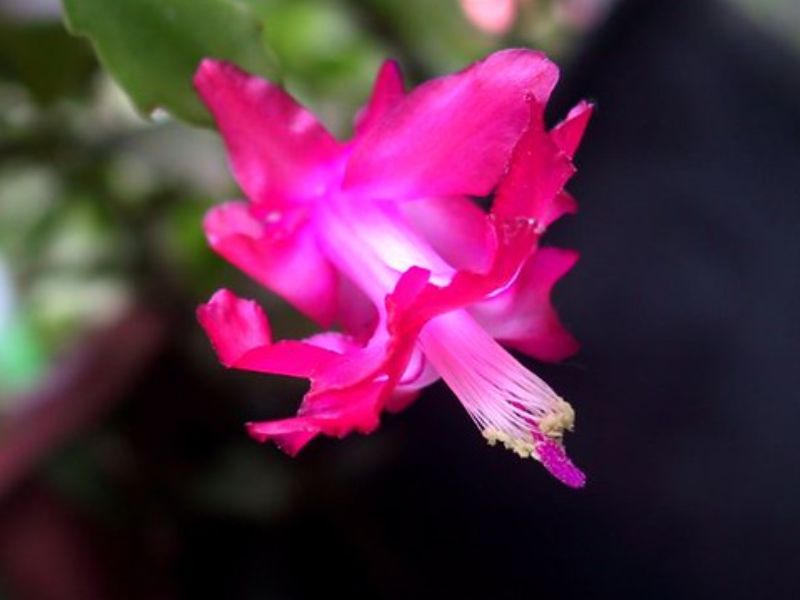
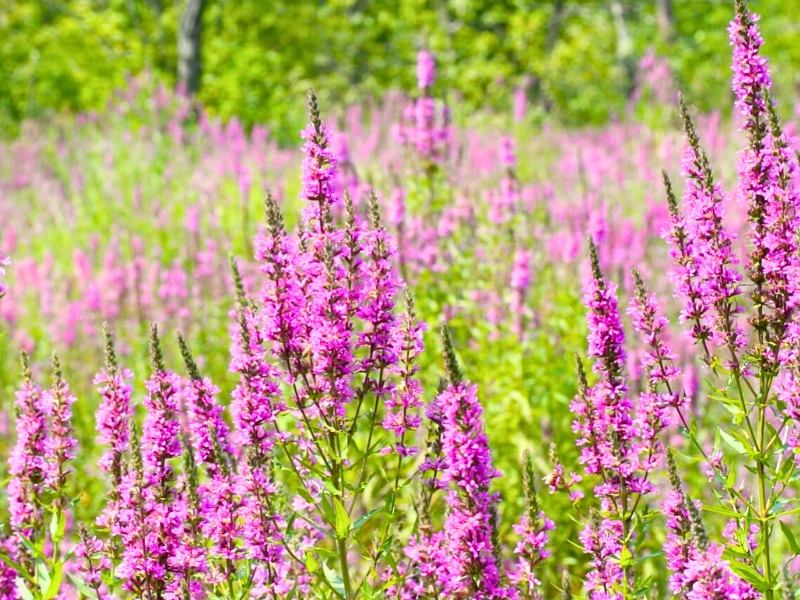
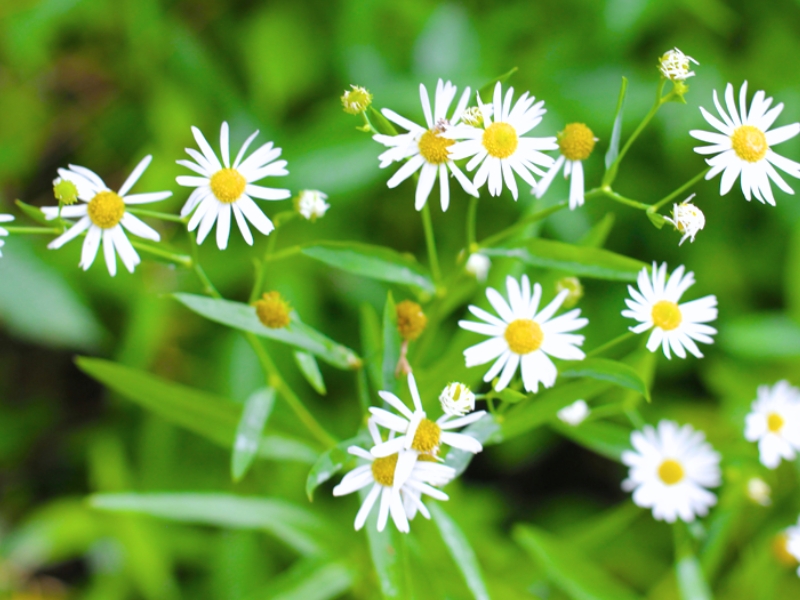
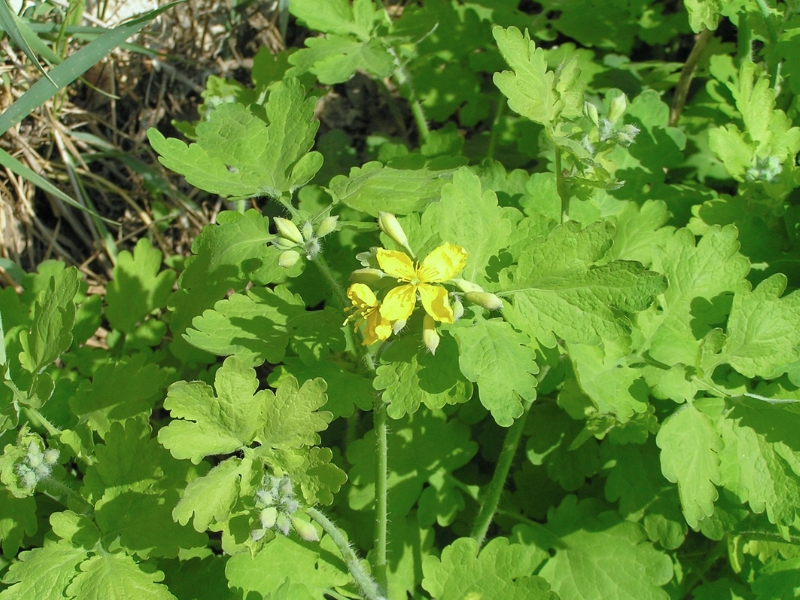
Leave a Reply